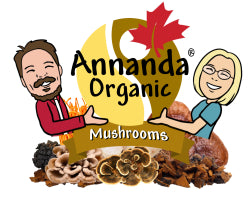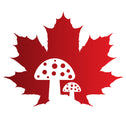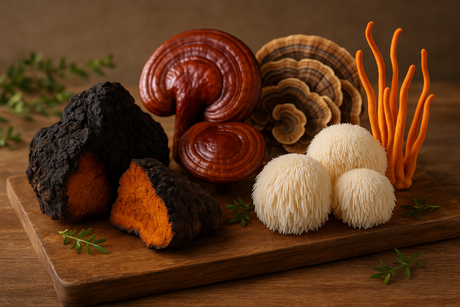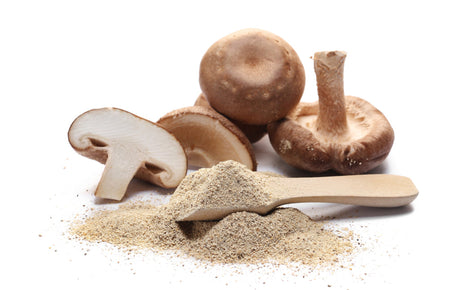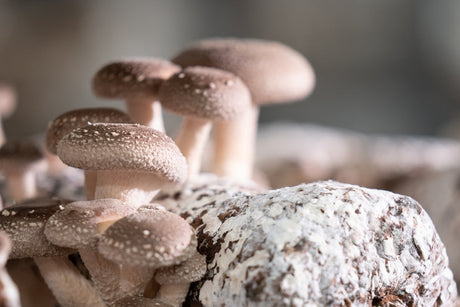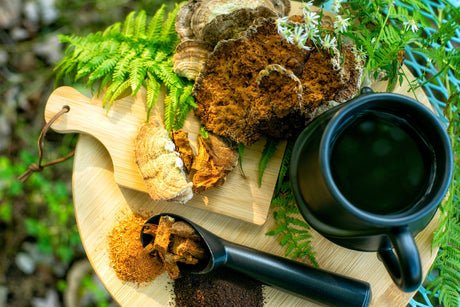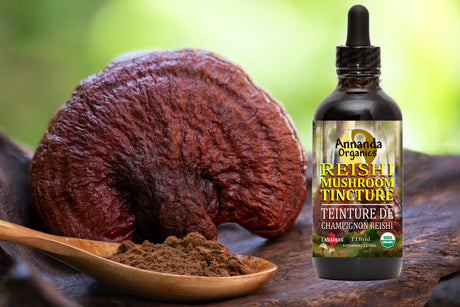Why Fungi is Essential to Life on Earth
As you read these words, fungi are changing the way that life happens, as they have done for more than a billion years. They are eating rock, making soil, digesting pollutants, nourishing plants, surviving in space, producing food, making medicines, manipulating animal behavior, and influencing the composition of the Earth’s atmosphere.

Fungi make up one of life’s kingdoms – as broad and busy a category as plants or animals and provide a key to understanding our planet. Yet fungi have received only a small fraction of the attention they deserve.
The best estimate suggests that there are between 2.2m and 3.8m types of fungi on the Earth – as many as 10 times the estimated number of plant species – meaning that, at most, a mere 8% of all fungal species have been described. Of these, only 358 have had their conservation priority assessed on the IUCN red list of threatened species, compared with 76,000 species of animal and 44,000 species of plant. Fungi, in other words, represent a meager 0.2% of our global conservation priorities.
This is just one of the bleak findings of Kew’s 2020 report State of the World’s Plants and Fungi, the outcome of a collaboration between 210 researchers in 42 countries. Of course, we should be deeply concerned that a lethal combination of unsustainable agricultural practices and habitat destruction driven by ecocidal government policies and corporate greed now threatens 40% of all plant species with extinction.
But just as worrying is the critical under-representation of fungi in our litanies of preservation.
Mushrooms are only the fruiting bodies of fungi: for the most part, they live their lives as branching, fusing networks of tubular cells known as mycelium. Mycelial networks have no fixed shape. By ceaselessly remodeling themselves they can navigate labyrinths, solve complex routing problems and expertly explore their surroundings. If you teased apart the mycelium found in a teaspoon of healthy soil and laid it end to end, it could stretch anywhere from 100 meters to 10km.
Fungal networks embody the most basic principle of ecology: that of the symbiotic relationship between organisms. Mycelium is ecological connective tissue, a living seam by which much of life is stitched into relation.
Soil would be rapidly sluiced off by rain were it not for the dense mesh of fungal tissue that holds it together. Mycelial networks wind through plant roots and shoots, dead organic animal bodies, sediments on the ocean floor, organic matter from grasslands and forests – one of the largest known organisms is a mycelial network in Michigan that sprawls over 75 hectares. Bacteria use fungal networks as highways to navigate the crowded rot scapes of the soil.
Symbiotic fungi can link plants in shared networks sometimes known as the “wood-wide web”, through which water, nutrients and chemical signals can pass. Of the carbon that is found in soils – which, remarkably, amounts to more than the amount of carbon found in plants and the atmosphere combined – a substantial proportion is bound up in tough organic compounds produced by fungi. In 1845, Alexander von Humboldt described the natural world as a “net-like, entangled fabric”. Fungal mycelium makes this net and fabric real.
 Fungi reproduce in such a variety of habitats depends on their remarkable metabolic abilities (metabolism is the art of chemical transformation). Fungi are metabolic wizards, and their chemical accomplishments have long shaped human life: bread, cheese, soy sauce, penicillin, a host of powerful antiviral and anti-cancer compounds, cholesterol-lowering statins, immunosuppressant drugs that enable organ transplants – not to mention alcohol (fermented by a yeast) and psilocybin (the active component in psychedelic mushrooms, which shows promise in treating severe depression and anxiety).
Fungi reproduce in such a variety of habitats depends on their remarkable metabolic abilities (metabolism is the art of chemical transformation). Fungi are metabolic wizards, and their chemical accomplishments have long shaped human life: bread, cheese, soy sauce, penicillin, a host of powerful antiviral and anti-cancer compounds, cholesterol-lowering statins, immunosuppressant drugs that enable organ transplants – not to mention alcohol (fermented by a yeast) and psilocybin (the active component in psychedelic mushrooms, which shows promise in treating severe depression and anxiety).Today, radical fungal technologies can help us adapt to life on a damaged planet. Voracious fungal appetites can be used to break down pollutants such as crude oil from oil spills, in a process known as mycoremediation. In mycofabrication, building materials and textiles can be grown out of mycelium and used as replacements for plastics and leather. And antiviral compounds produced by fungi can alleviate one of the more pressing threats to global food security: colony collapse disorder in honeybees.
"We are entering an era of pandemics – it will end only when we protect the rain forest" - Peter Daszak
There’s a good reason why so much work goes into assessing the conservation status of different species: from the point of view of policymakers, if nothing’s under threat, there’s nothing to protect. But despite their minimal presence in our lists of endangered species, we know of many threats to fungi.
Large swathes of the fungal kingdom are intimately associated with plants and so are killed off by the same activities, such as deforestation. Fungi are subject to additional disruptions, from plowing to the overuse of fungicides and fertilizers.
Of the grand total of six medicinal fungi that have had their conservation status assessed by the IUCN, one is listed as vulnerable due to over harvesting.
Another species, found to have powerful activity against a range of viruses including herpes and flu, is listed as endangered, threatened with extinction by the destruction of the forests it inhabits.
As things stand, most environmental legislation and international assemblies, such as the convention on international trade in endangered species or the convention on biological diversity of the United Nations, together with many large international NGOs, refer to the conservation of flora (plants) and fauna (animals).
Adding a third “F”, funga, for the kingdom fungi to the list would write this neglected kingdom of life into conservation and agricultural policy frameworks, and unlock crucial funding for mycological research, surveys and educational programmes.
Pioneering work by the Chilean NGO Fungi Foundation suggests this approach is effective. Thanks to its efforts, Chile is the first country to require by law that fungi be included within environmental impact assessments. May others soon follow. We are unthinkable without fungi, yet seldom do we think about them. It is an ignorance we can’t afford to sustain.
Author Merlin Sheldrake is a biologist and author of Entangled Life: How Fungi Make Our Worlds, Change Our Minds, and Shape Our Futures
Read more about the Top 7 Medicinal Mushrooms for health and well being.
